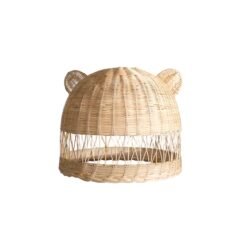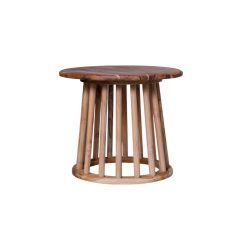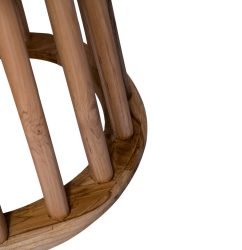Rattan is a prized natural material used for furniture, home décor, and handicrafts around the world. However, not all rattan is created equal. Understanding rattan grading and material quality is essential for manufacturers, designers, and consumers who want to ensure durability, beauty, and long-term value in their products.
What Is Rattan Grading?
Rattan grading is the process of classifying rattan poles or cane based on their size, appearance, strength, and other characteristics. This system helps buyers and manufacturers choose the right material for different applications, from high-end furniture to baskets or interior details.
Key Factors in Rattan Grading
Here are the main aspects evaluated in rattan grading:
✅ Diameter — Consistent thickness across the length is critical for structural furniture. Larger-diameter poles are usually more valuable.
✅ Color and uniformity — Even coloration without discoloration or dark spots is considered premium.
✅ Straightness — A straighter cane is easier to work with and preferred for high-end production.
✅ Flexibility — Good-quality rattan should be bendable without breaking, making it suitable for weaving and shaping.
✅ Surface quality — Minimal blemishes, cracks, or insect holes ensure a higher grade and smoother finish.
Rattan Quality Categories
Generally, rattan is divided into three broad quality grades:
- Grade A (Premium)
- Uniform color
- Smooth, defect-free surface
- Excellent flexibility and strength
- Suitable for high-end furniture and luxury projects
- Grade B (Medium)
- Slight color variation
- Minor surface blemishes
- Good flexibility
- Ideal for mid-range furniture and decorative items
- Grade C (Lower)
- Noticeable color inconsistencies
- Surface cracks or small insect damage
- Lower flexibility
- Often used for budget products or non-structural crafts
Why Rattan Quality Matters
Choosing the right rattan grade directly impacts:
✔ Durability — Higher-grade rattan resists breakage and wear
✔ Aesthetics — Premium grades deliver a more refined, polished look
✔ Processing — Quality rattan is easier to work with, reducing waste and production costs
✔ Customer satisfaction — High-grade materials enhance product reputation and longevity
Tips for Sourcing High-Quality Rattan
- Work with reputable suppliers who can provide consistent, traceable material
- Request samples to verify grade claims before committing to large orders
- Check for certifications if sustainability is important to your brand
- Inspect shipments carefully on arrival for hidden damage or defects
Final Thoughts
Understanding rattan grading and material quality is the key to producing reliable, beautiful, and market-ready furniture. By paying attention to grading standards and working with trustworthy suppliers, you can maintain consistent product quality and build customer trust in your rattan-based creations.





